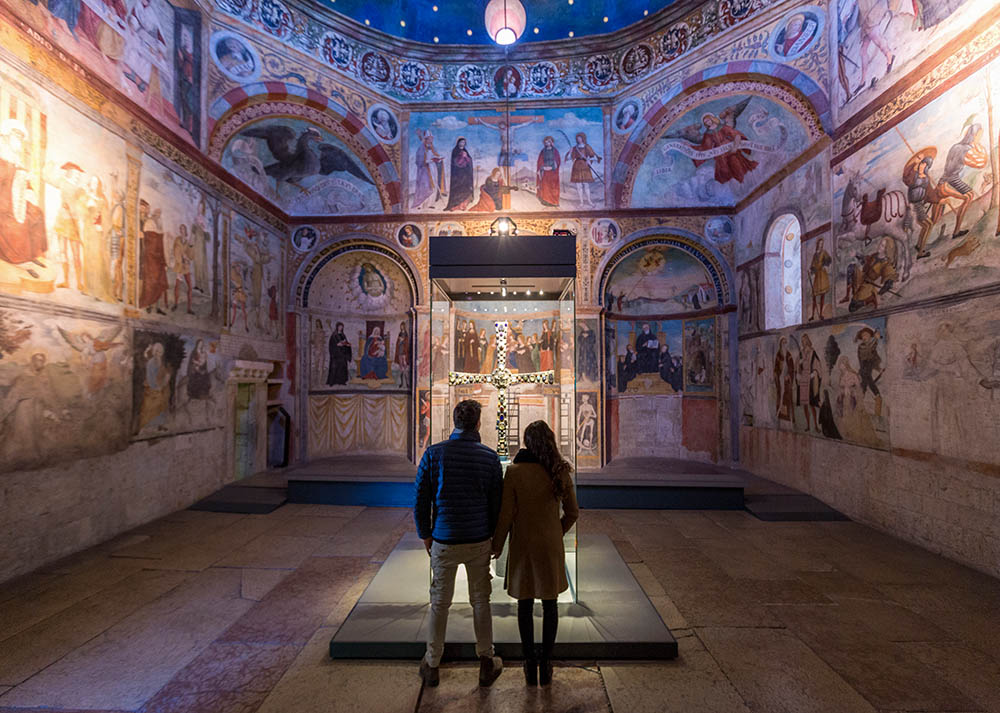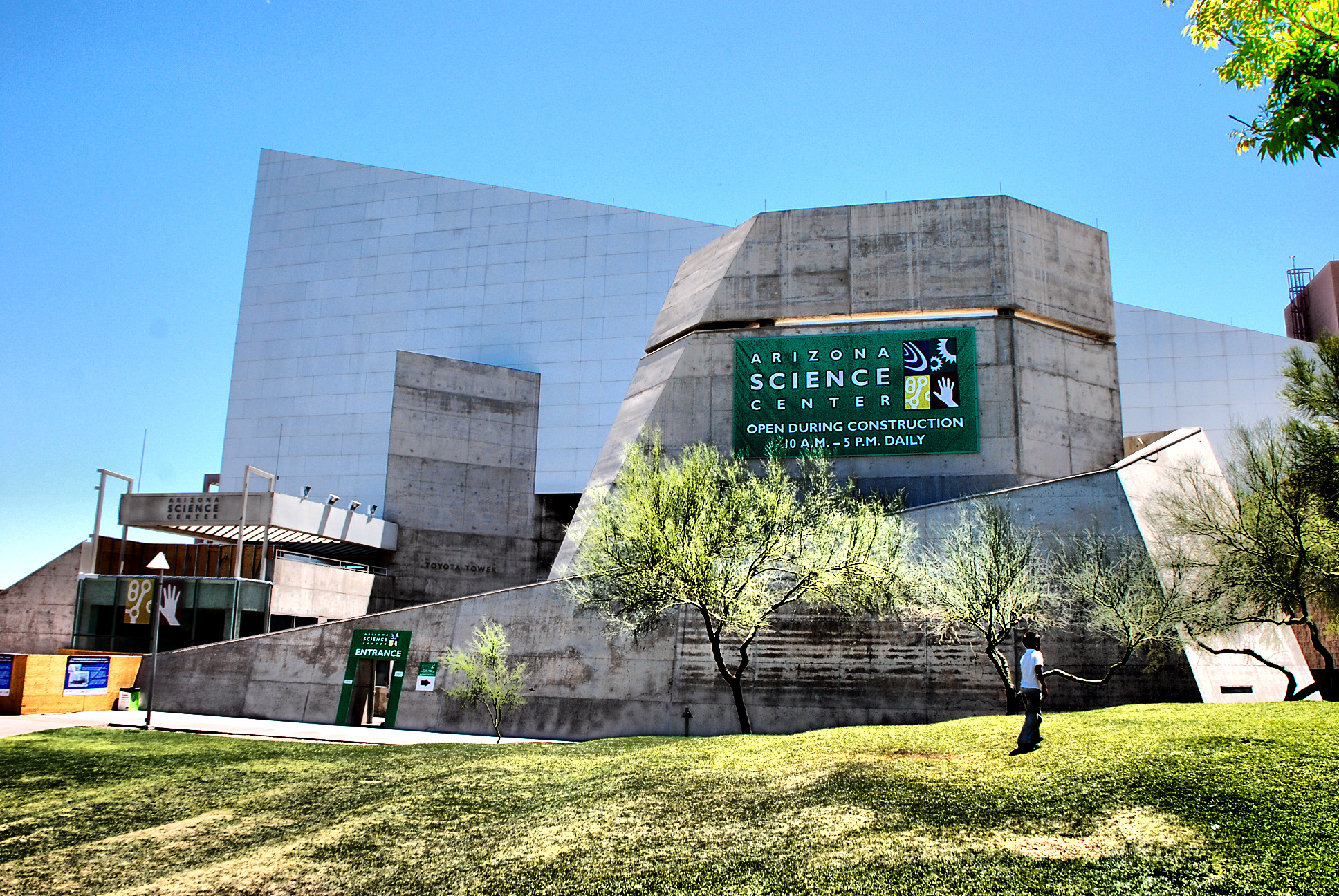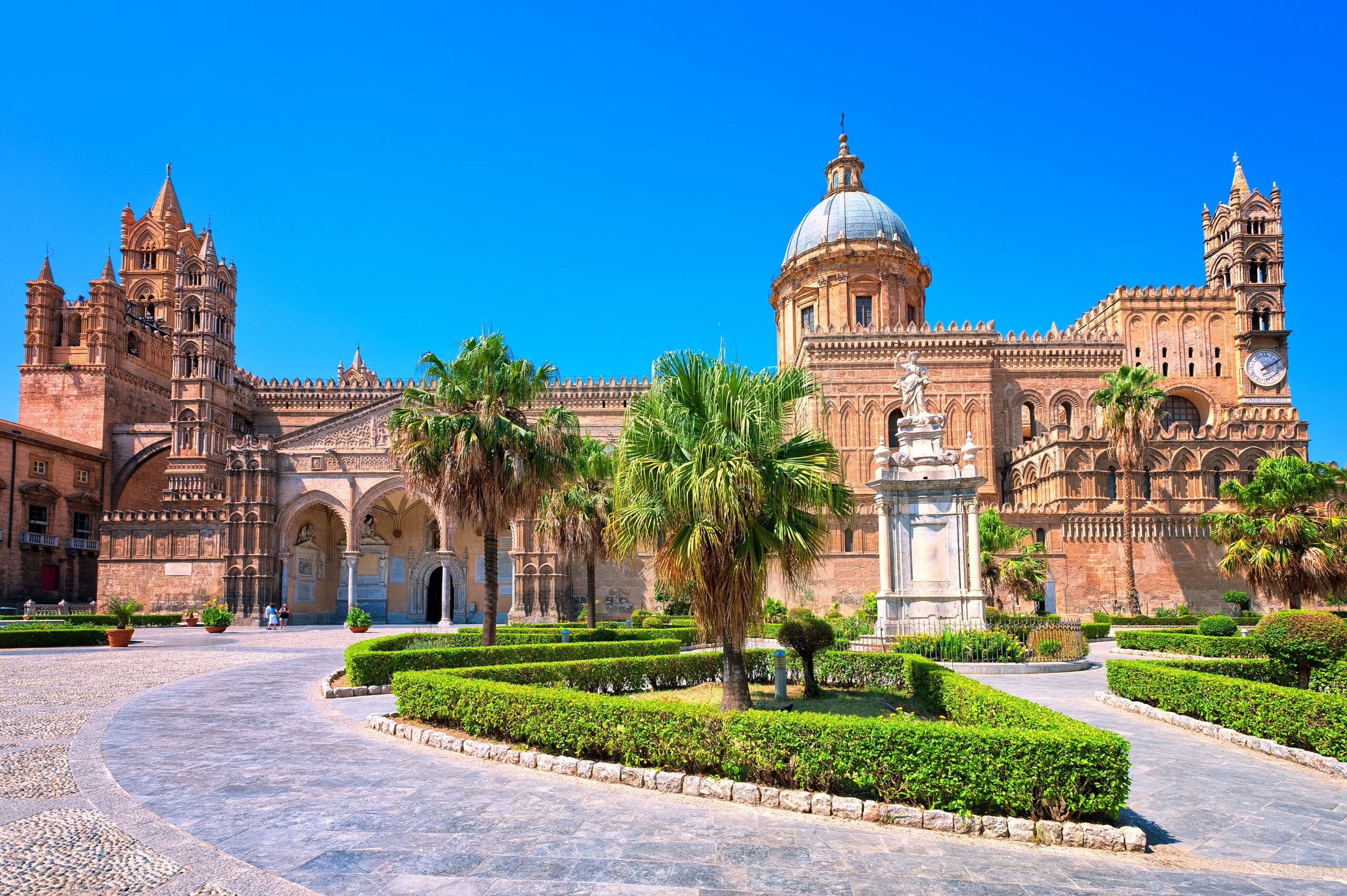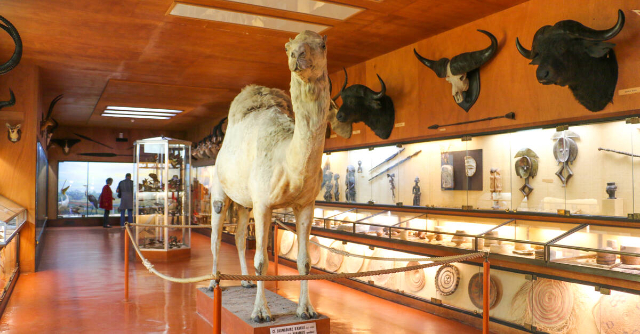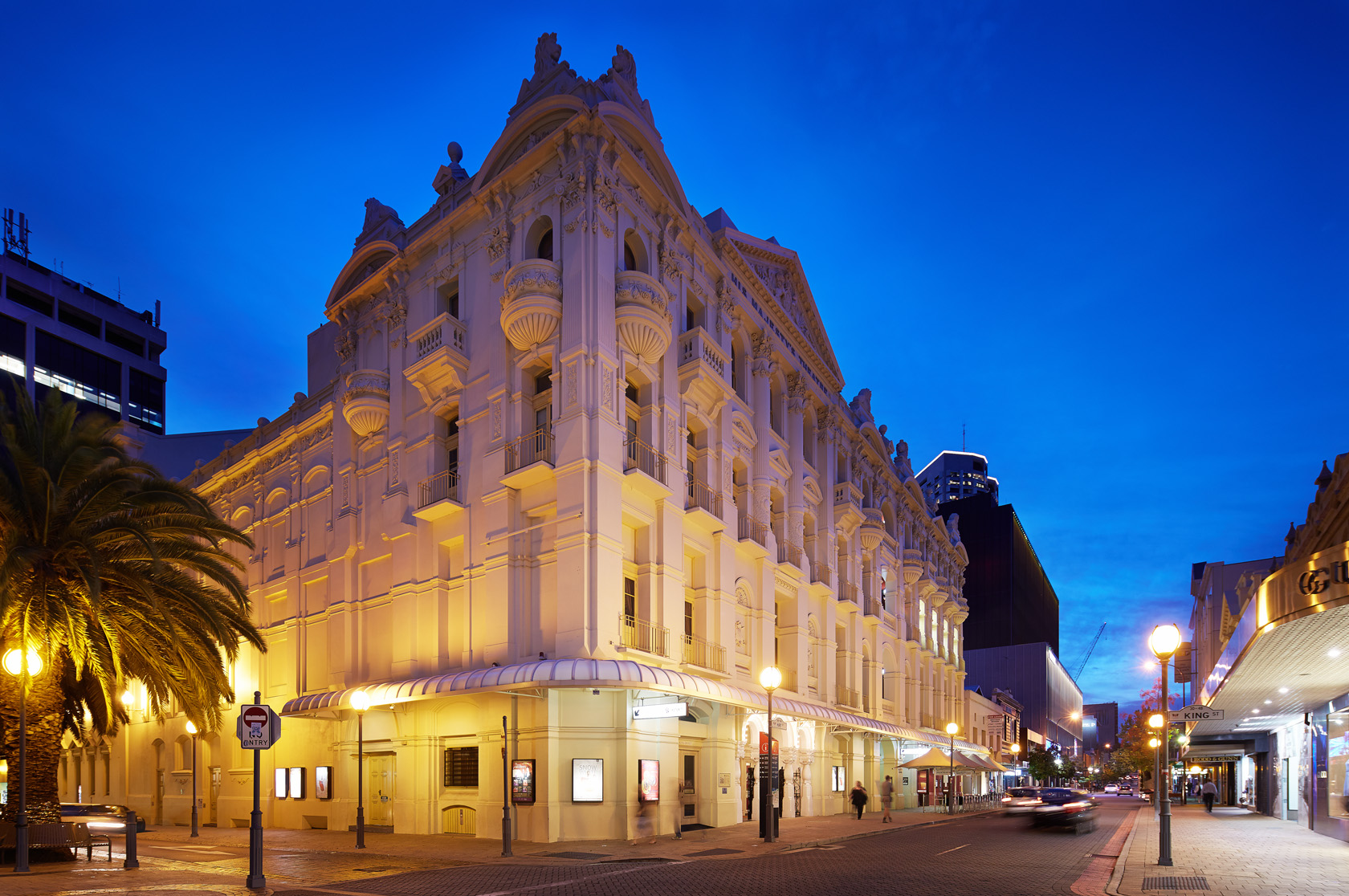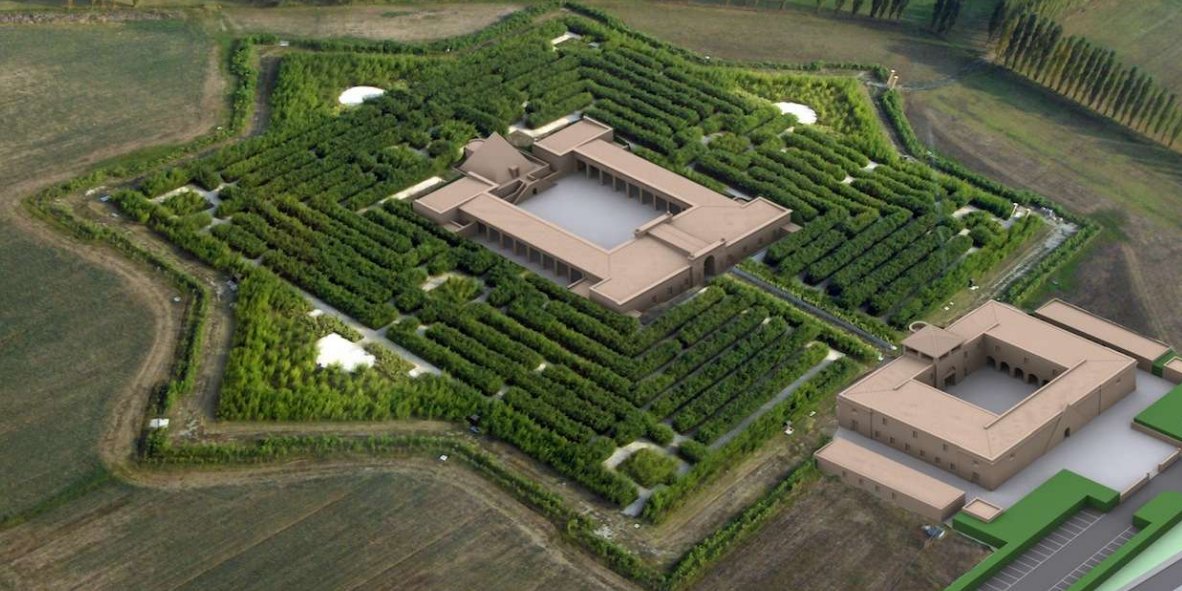The Museum of Santa Giulia is the main museum in Brescia, located along the ancient decumanus maximus of Roman Brixia. It is housed inside the monastery of Santa Giulia, built by King Desiderio in the Longobard era and variously expanded and modified over more than a thousand years of history. Unique in Italy and Europe in terms of exhibition design and location, the Museum of the city, housed in a monastic complex of Lombard origin, allows a journey through the history, art and spirituality of Brescia from prehistoric times to the present day in an exhibition area of about 14,000 square meters.
A Benedictine women’s monastery, built by the last Longobard king Desiderius and his wife Ansa in 753 A.D., San Salvatore – Santa Giulia played a leading role – religious, political and economic – even after the defeat inflicted on the Lombards by Charlemagne.
Place of historical memories stratified over the centuries and continuous source of surprising discoveries, the monastic complex is a visible interweaving of ages.
Built on an area already occupied in Roman times by important Domus, it includes the Longobard basilica of San Salvatore and its crypt, the Romanesque oratory of Santa Maria in Solario, the Nuns’ Choir, the 16th century church of Santa Giulia and the cloisters.
An area destined, therefore, almost by vocation, to host the Museum of the city, which rightly proposes itself as the fulcrum of the visit itinerary to Brescia.
The element that characterizes and makes the museum so special is the very close link between "container" and the objects on display. Currently the "casket" of Santa Giulia consists of about 11,000 pieces: Celtic artefacts such as helmets and bonfires, Roman portraits and bronzes, Longobardic evidence, funerary objects, mosaics and frescoes.
Symbol of the city is the Winged Victory, the great bronze from the Capitolium, the object of recent investigations that have shed new light on the history of ancient art and life in Brixia.
